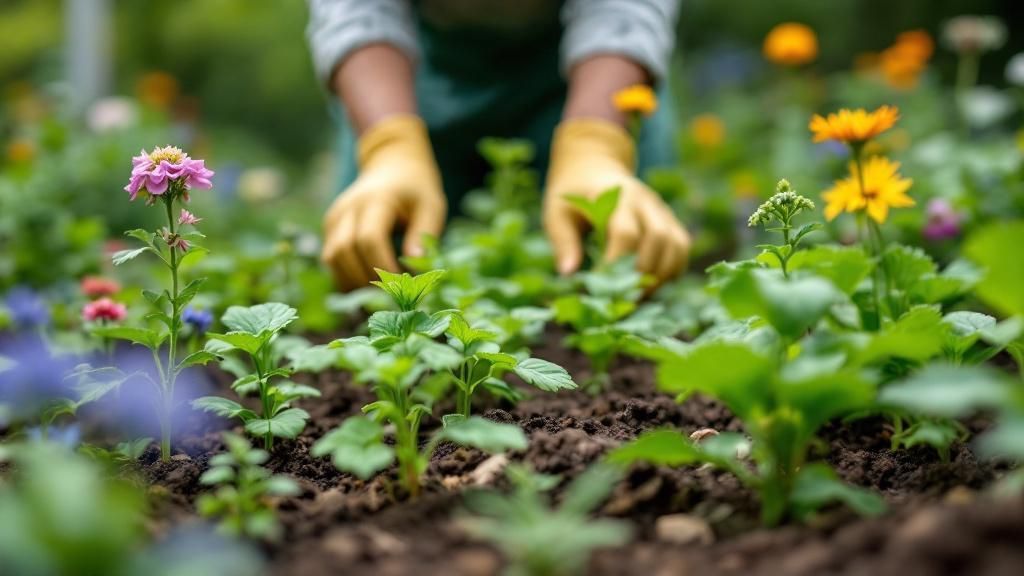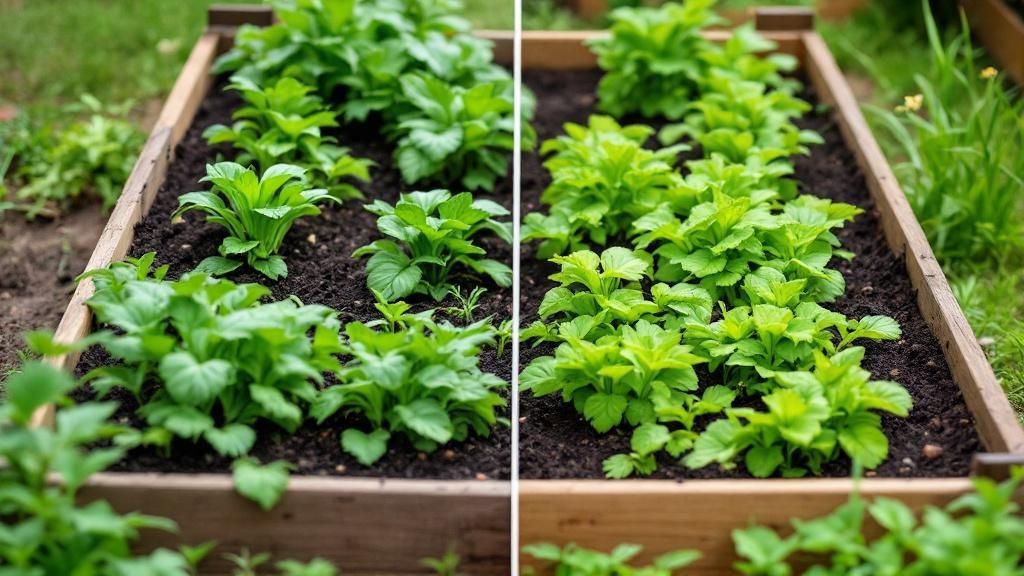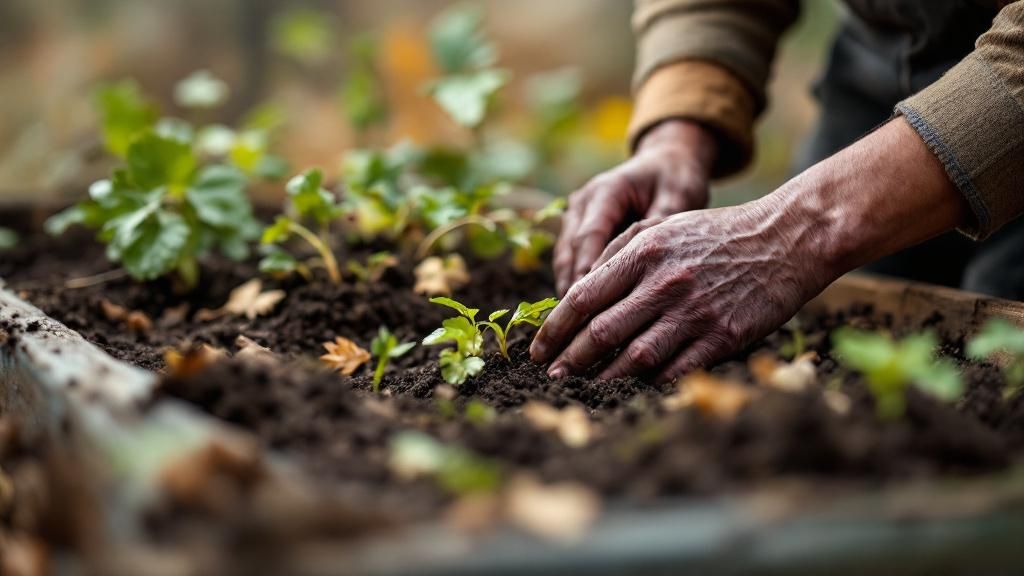
Raised Garden Beds in Anchorage: A Smarter Way to Garden in Tough Soil Conditions
-
Raised garden beds offer improved drainage and better soil control in Anchorage’s challenging conditions.
-
They help reduce compaction, support root health, and extend the growing season.
-
Common myths about raised beds—like poor drainage or pest-proofing—can be addressed with proper techniques.
-
Raised beds are a space-efficient and ergonomic option, especially for urban or small-lot gardening.
If you’ve ever struggled with Anchorage’s heavy clay or silty soils, raised garden beds might be your best ally. The region’s cold climate and inconsistent soil quality make in-ground gardening more difficult than it seems. Raised beds offer a reliable workaround—providing both drainage and flexibility that help plants thrive.
Let’s break down the key reasons raised garden beds are gaining traction in Anchorage, along with practical tips for setup and long-term success.
Why Raised Beds Make Sense in Anchorage
Anchorage soil often has a pH of 4.5 to 6.5 and suffers from poor drainage in certain areas. This creates an inhospitable environment for many garden staples unless amended properly.
Raised beds allow you to:
-
Control soil quality and pH by using imported soil blends
-
Improve drainage by lifting the root zone above compacted or waterlogged ground
-
Extend the growing season by warming up faster in spring
Plus, they’re ideal for urban gardening, where native soil is often disturbed or limited.
Misconceptions About Raised Beds
Some gardeners dismiss raised beds due to common myths. Here’s what’s actually true:
“Raised beds don’t drain well.”
Actually, raised beds improve drainage compared to ground-level plots—especially when filled with the right mix of compost and soil. You can even enhance performance by layering gravel at the base or choosing breathable bed materials.
“You need tons of manure.”
While organic matter helps, you don’t need excessive amounts of manure. A balanced blend of compost, topsoil, and aerating materials like peat moss or coconut coir is more effective.
“Pests won’t reach raised beds.”
Raised beds reduce some pest problems but don’t eliminate them. Voles and insects can still find their way in unless you add hardware cloth at the bottom and practice integrated pest management.
“Metal beds trap water.”
Modern metal beds have excellent drainage—as long as they’re designed properly. Drainage holes and structured soil layers help avoid waterlogging.

Raised Beds in Cold Climate History
Raised garden beds aren’t new. From medieval Europe to the Incan Waru Waru systems, farmers have used elevation to battle poor drainage and cold climates.
These historical methods show that even in areas with compacted or waterlogged soil, raised beds:
-
Provide better aeration
-
Enhance water management
-
Support crop variety and yield
Modern raised beds continue this legacy—only now with better materials and design options.
Raised Beds vs. Traditional Gardening
In Anchorage’s conditions, traditional in-ground gardening often leads to soggy roots or stunted growth. Here’s how raised beds compare:
Raised Beds
-
Faster warming in spring
-
Easier to maintain and reach
-
Better weed control
-
Less soil compaction
In-Ground Beds
-
May need deep tilling
-
Susceptible to drainage issues
-
More variable in quality and pH
While raised beds might require an upfront investment, their long-term benefits—especially in Anchorage—are hard to ignore.
Building the Right Raised Bed
Height matters. The ideal bed height is 12–18 inches—tall enough for deep roots but stable for long-term use. Go above 18 inches, and you’ll need structural support.
Use:
-
Untreated cedar or redwood for natural rot resistance
-
Metal with drainage holes for durability
-
Recycled composite materials for a longer lifespan
To calculate how much soil you’ll need, use cubic feet (L x W x H in feet). You can source high-quality topsoil and compost mixes from local Anchorage suppliers.
Soil Prep and Layering Tips
Anchorage gardeners often struggle with nutrient-poor native soil. Here’s how to build rich beds:
-
Start with 2 inches of compost or aged manure
-
Add alternating layers of dried leaves, grass clippings, and kitchen compost
-
Top with a blend of topsoil and aeration materials
This lasagna method boosts microbial activity and drainage without breaking the bank.
Maintenance and Seasonal Tips
To keep your beds thriving year-round:
-
Mulch in summer to retain moisture
-
Use drip irrigation for even watering
-
Replenish compost each spring
-
Add leaf mulch in fall to protect soil over winter
In winter, remove dead plants and cover the bed with mulch or fabric to reduce freeze-thaw stress.

The Hidden Work Behind a Successful Raised Bed
It’s not all about setup. Raised bed success comes from consistent care:
-
Watch for weeds at the perimeter
-
Manage moisture with timers or sensors
-
Keep an eye out for burrowing pests or erosion
These small tasks go a long way in keeping your beds productive—and enjoyable.
Anchorage Services That Can Help
Getting your raised garden beds started doesn’t have to be a solo job. From landscape soil delivery to installation of drip irrigation and bed framing, local providers can assist with setup and seasonal care.
Titan offers landscaping services in Anchorage that include garden bed prep, irrigation installation, and material delivery. Whether you’re refreshing your backyard or building a food-producing landscape, their team has the equipment and know-how to help.
FAQs
What’s the best soil mix for raised beds in Anchorage?
A blend of compost, topsoil, and lightening agents like peat moss or perlite works best.
How tall should my raised beds be?
12 to 18 inches is ideal—tall enough for deep roots without overloading the structure.
Do I need special winter prep for my raised beds?
Yes. Remove spent plants, add mulch, and avoid leaving bare soil exposed to the freeze-thaw cycle.
Will raised beds really warm up faster in spring?
Absolutely. The elevated position allows the soil to absorb sunlight and thaw faster than ground-level soil.
Is wood or metal better for raised beds?
Both work. Wood is natural and blends well with landscapes, while metal lasts longer and requires less maintenance over time.